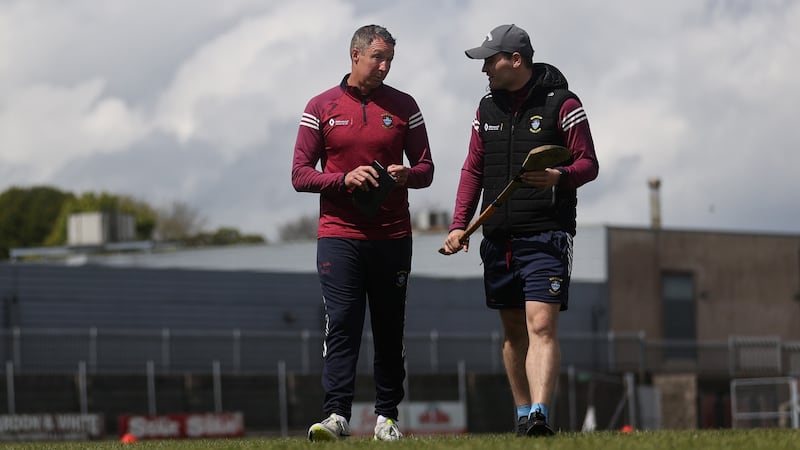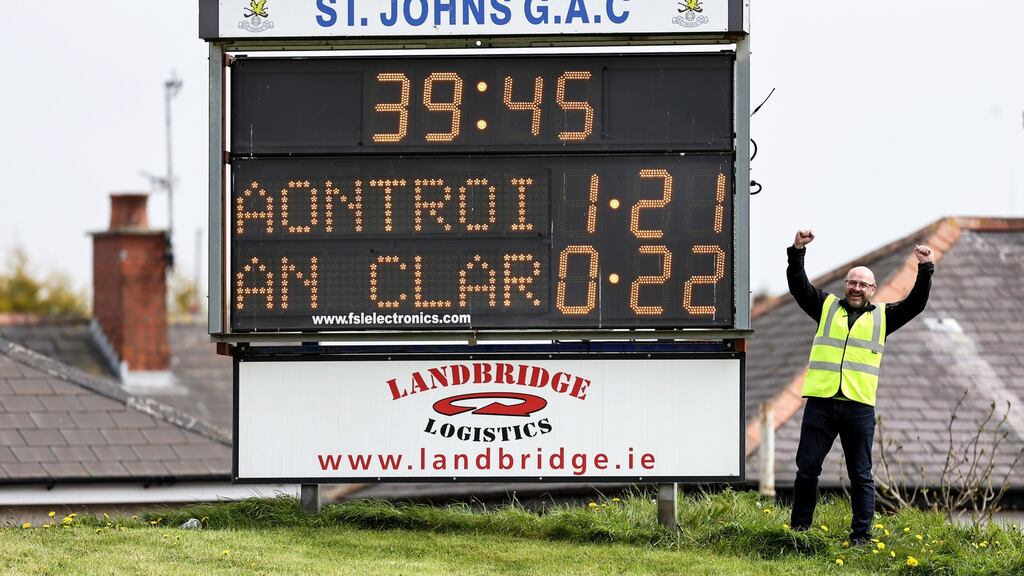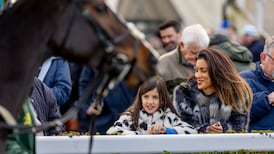Step One of the great reawakening is underway at last. The GAA’s period of enforced dormancy is over. On the weekend that finally saw hurleys broken and sweat spilled at the top level of the sport, nothing summed up the lost months better than Ciarán Doyle’s incredible point for Westmeath against Galway on Saturday.
It was an awesome score. As in, literally awesome. You can’t watch a lad whip on a ball on the volley shoulder-height from 45 metres out on an angle to send the umpire scurrying for the white flag and respond with anything short of awe. A score to make a bishop smile a curse.
So it’s back. Hallelujah. Miles to go before we sleep, all the same. On a day like today, with hairdressers and barbers opening up, with inter-county travel a thing again, with club training starting back up, it’s easy to lose sight of the fact that there is so much we still can’t do. In every walk of life, in every sphere of leisure and enterprise, we are at the lowest rungs of a ladder that reaches all the way to the clouds.
To take the GAA as one example, it is now over seven months since ordinary club players have been allowed to so much as kick a ball to each other. They can start back from tonight but even at that, it can only be in pods of 15 at most. And they have to wait another month before they can play a match against anybody - or even, strictly speaking - an internal game.
This is at a time when 1.3 million people in the country have had their first vaccine jab and when the number of Covid cases in hospitals barely breaches three figures. In Kilkenny, there has been one day in the past two months where more than 10 cases were reported. In Kerry, it’s only happened twice in that time.
People watching matches in the open air is something to aim for but it can't just be a simple matter of opening the gates and letting everybody back
Two counties with a combined population of a quarter of a million people and between them they’ve had three days out of 60 with more than 10 positive cases. And still nobody but the county sides are allowed to play football or hurling. Or, for that matter, play soccer or rugby or basketball or to swim or go to a gym or anything really beyond just basically existing. Even if you agree with the reasoning behind it all, there’s no gainsaying the imposition it has been.

Life moves so slowly these days that it can often be bracing to realise what full pace will look like when it happens. There will come a day when it will be possible to train the under-6s in the morning, play a match in the afternoon, go to a game in the evening and head out for a feed of pints after. You will do it all so unthinkingly that it will seem ridiculous that we ever lived in a time where none of it was allowed. Or that it lasted so long.
Next job
By then, the GAA will be attempting to gather pace once again and trying to find its way to whatever the post-Covid association will look like. At a fundamental level, putting on games is what the GAA is for. Everything else flows from there so that’s where the energies will be directed, initially anyway.
The next job after that, clearly, will be getting people through the gates to see said games. The financial thunderball of the past 14 months has burnt through everything in its path and at all levels of the association, paying customers are going to have to drive the revival. We’re long past the point of it being a nice thought, trying to get the starved public a few morsels of live play to go on with. It’s a pressing financial imperative that it happens.
There's very little leeway for Croke Park to play about with here. The Sunday Times had a story yesterday detailing the figures the big sports bodies gave to the Government last year when going looking for Covid funding. The GAA started the pandemic with reserves of €130 million but warned that they would run out of cash by April 2021. They got €30.8 million from the Government, including €15 million to run the championships.
With every intercounty squad back training and playing, the situation now only gets more and more severe with every unattended game. County boards across the land are potless, save for the few coppers they were able to scare up last summer streaming the club championships. Training, feeding, mileage – it all has to be paid for.
The Government is talking about July as a potential starting point, which shows a baffling lack of urgency. Bums are needed on seats, not just in the GAA but in all sports. Ways to achieve this need to be trialled, refined and set in place. The baby steps towards this goal need to be happening now.
The broad shoulders of the GAA should be used for exactly this purpose. Not because the association - or indeed sport in general – should get special treatment but because it can set a template for the rest of society. Everyone will benefit from finding safe ways to allow people to gather again. There are 30 league matches next weekend between football and hurling. That’s 30 stadia, 30 chances to see what works and what doesn’t, 30 ways to compare and contrast and compute.
Public health is paramount. But Covid case numbers have been pretty much rock steady at around 400 per day for the past month and yet hospital numbers keep falling. People watching matches in the open air is something to aim for but it obviously can’t just be a simple matter of opening the gates and letting everybody back. It has to be careful and it has to piecemeal.
Now is the time to get the groundwork started.













